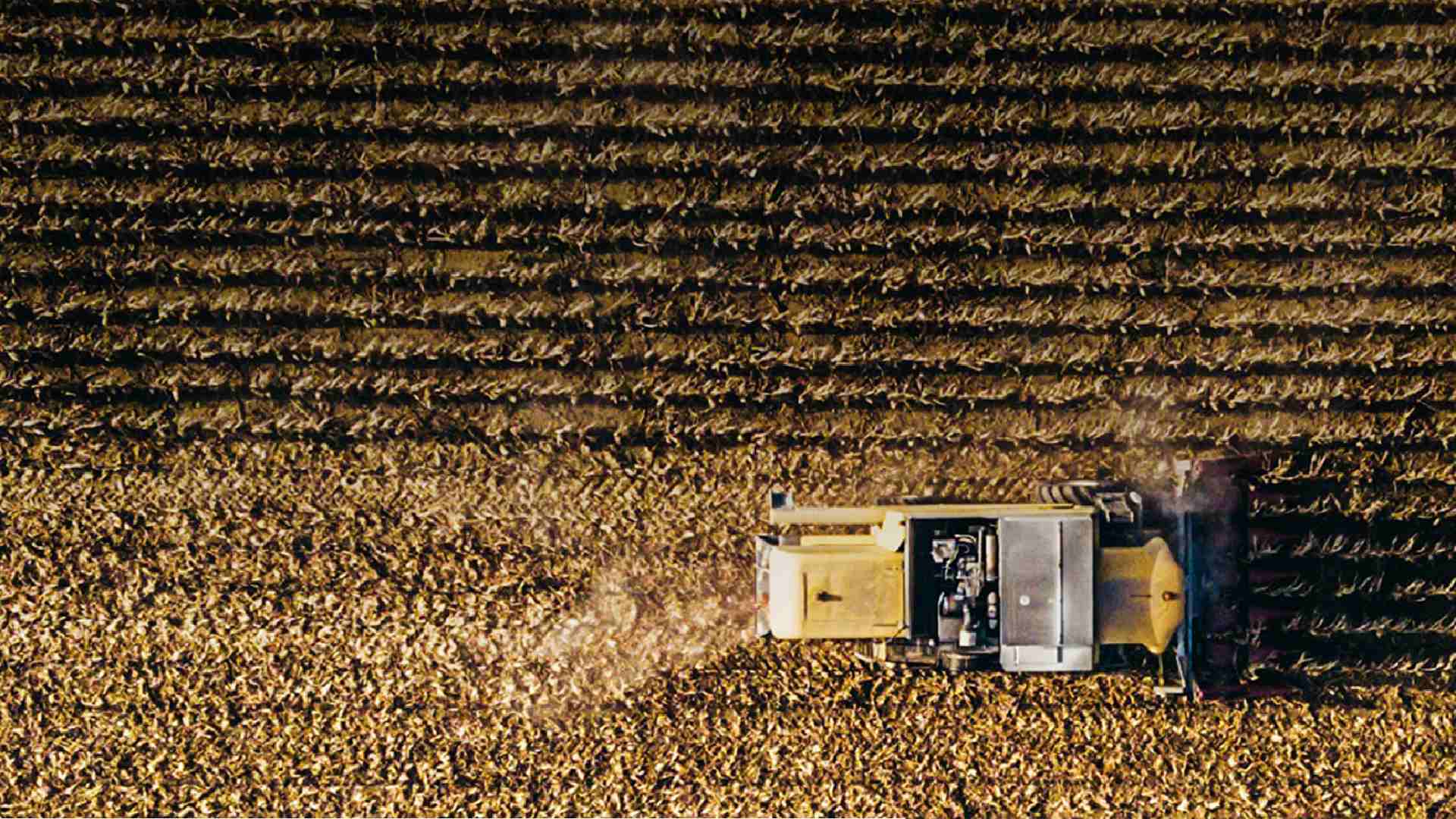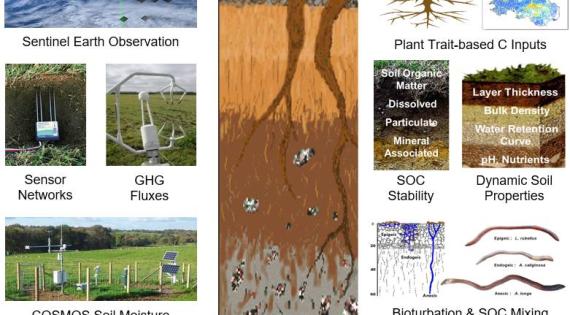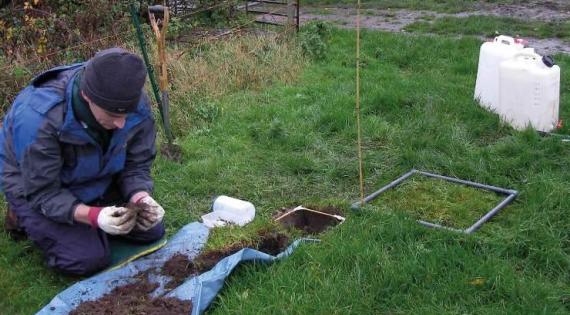We aimed to better understand the biotic and abiotic controls on the dynamics of soil organic carbon, to determine where UK soil carbon stocks are most at risk of loss, and to identify opportunities to increase soil carbon storage through land management policies and practices.
Soils underpin many important aspects of a functioning society including agriculture, food security, climate change mitigation, flood risk management and urban development. Soil organic carbon (SOC) content is a critical soil property contributing to these functions.
The dynamics of SOC are complex and highly variable depending on geology, climate, vegetation and land-use. Changes in SOC can be gradual in response to chronic pressures (such as climate change) or rapid when acute disturbances occur (for example, land use change and/or pollutant contamination).
There are critical uncertainties in our understanding of SOC dynamics which limit our ability to forecast the likely rate and extent of soil carbon change in response to the complex interacting set of local and global drivers.
“Healthy soils (both urban and rural) are important for food production and human wellbeing. Soil health cannot be measured directly, so indicators (physical, chemical, and biological properties, processes, or characteristics) are generally used. These measurable properties of soil or plants provide clues about how well the soil can function.”
House of Commons Environmental Audit Committee Report on Soil Health 2016-17




